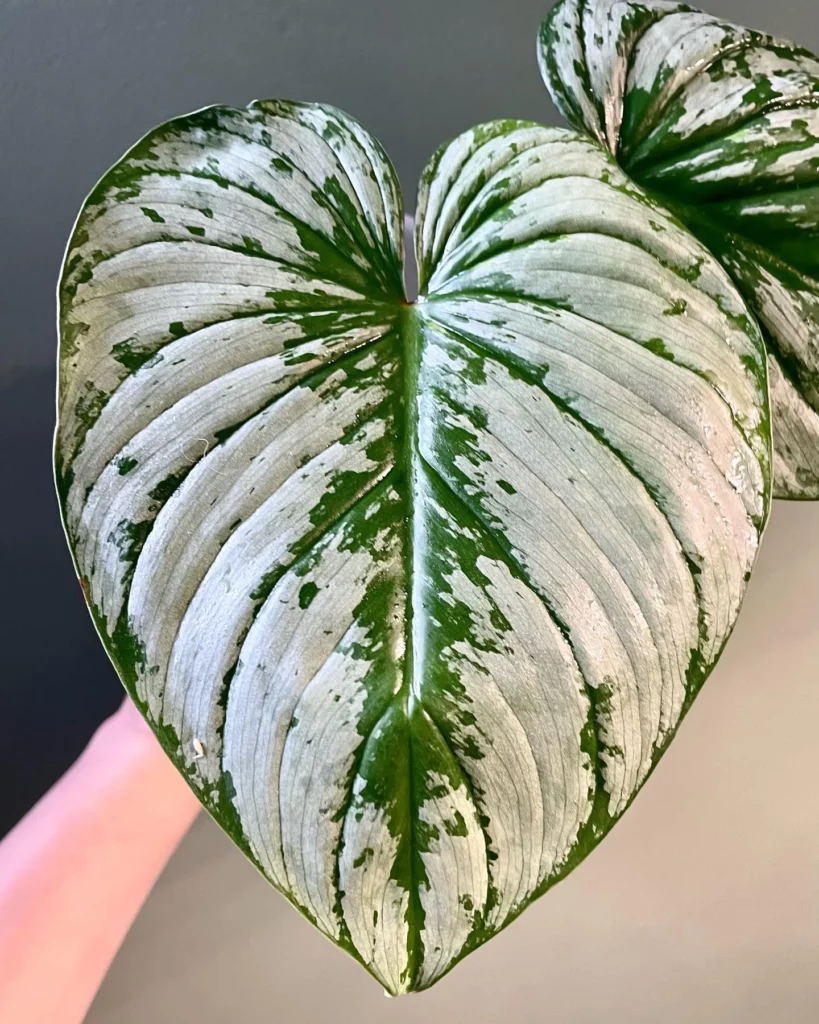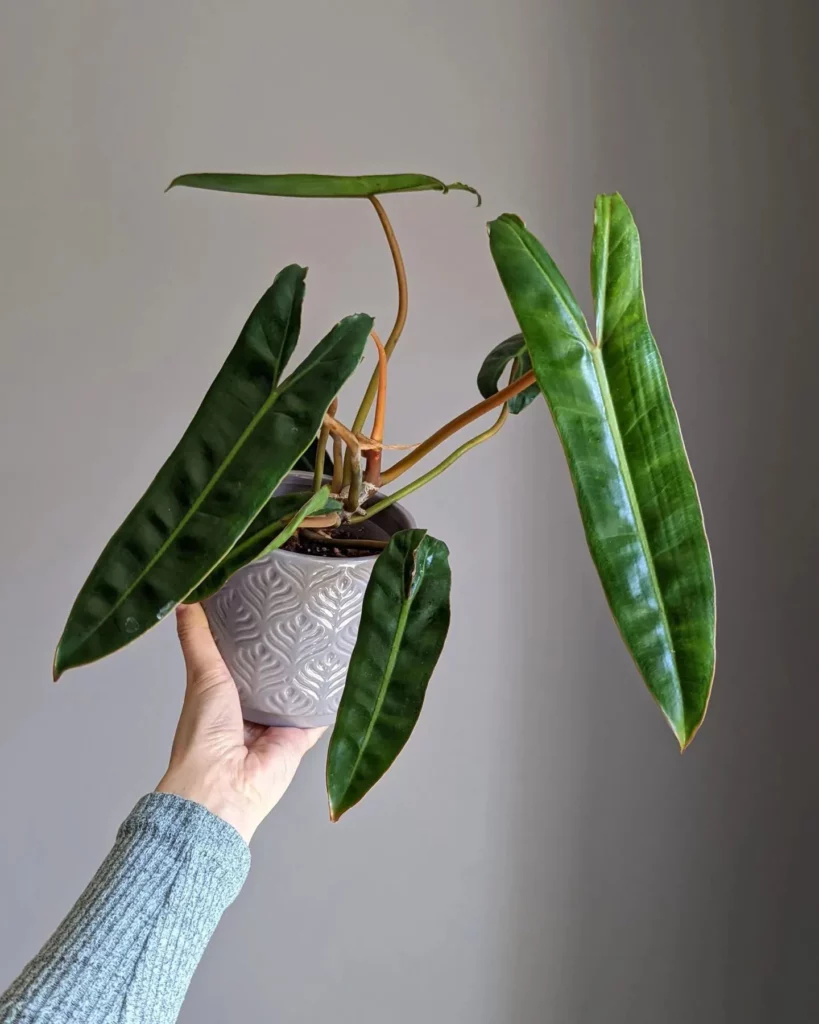The Philodendron Micans is a visually striking plant with its unique appearance and distinct features. One of its most notable attributes is its heart-shaped leaves, which add a touch of charm to any space. These leaves have a wonderful velvety texture, making them irresistible to touch. As you run your fingers along the surface, you can feel the softness and luxurious feel of the leaves.
Appearance of Philodendron Micans
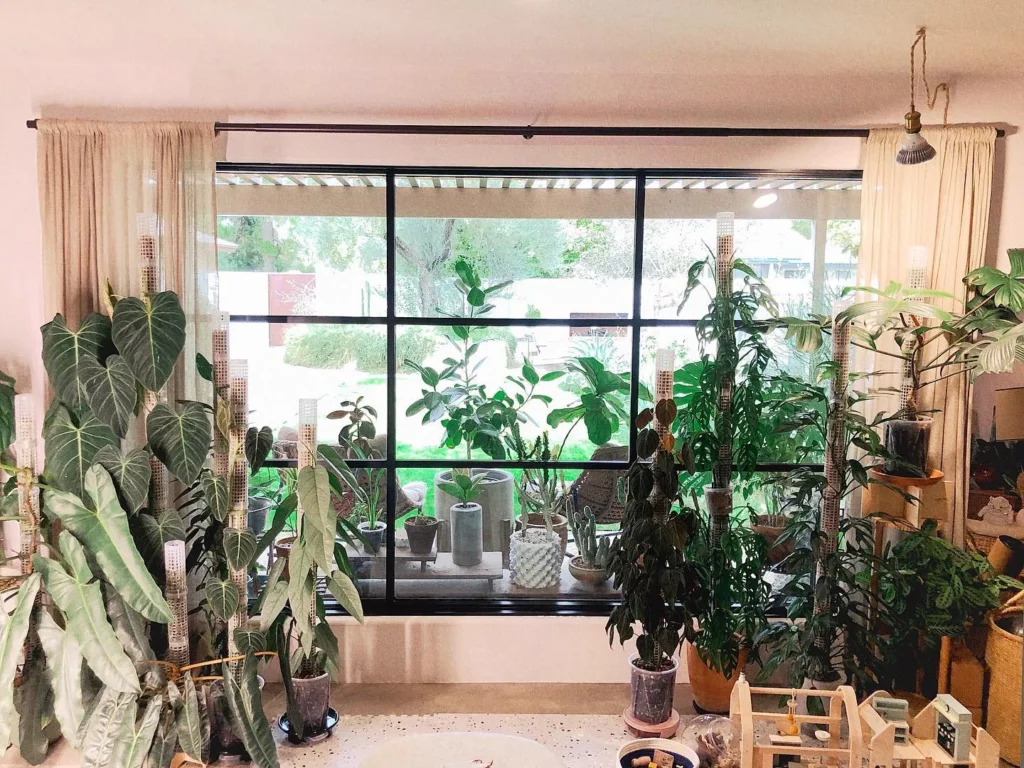
Initially, the leaves of the Philodendron Micans have a captivating pinky-bronzey green color. They are adorned with vibrant emerald green veins, creating a beautiful contrast. Over time, these leaves gradually darken to a rich bronzey-purpley-sagey-dark-green hue. The undersides of the leaves also exhibit a reddish-brown color, adding another layer of visual interest.
This stunning plant can reach a height of about 8 inches and can trail up to 24 inches in length, creating an impressive display in any indoor setting. Its appearance truly shines when placed in a well-lit area, allowing its captivating leaves to be showcased to their full potential.
Light Requirements for Philodendron Micans


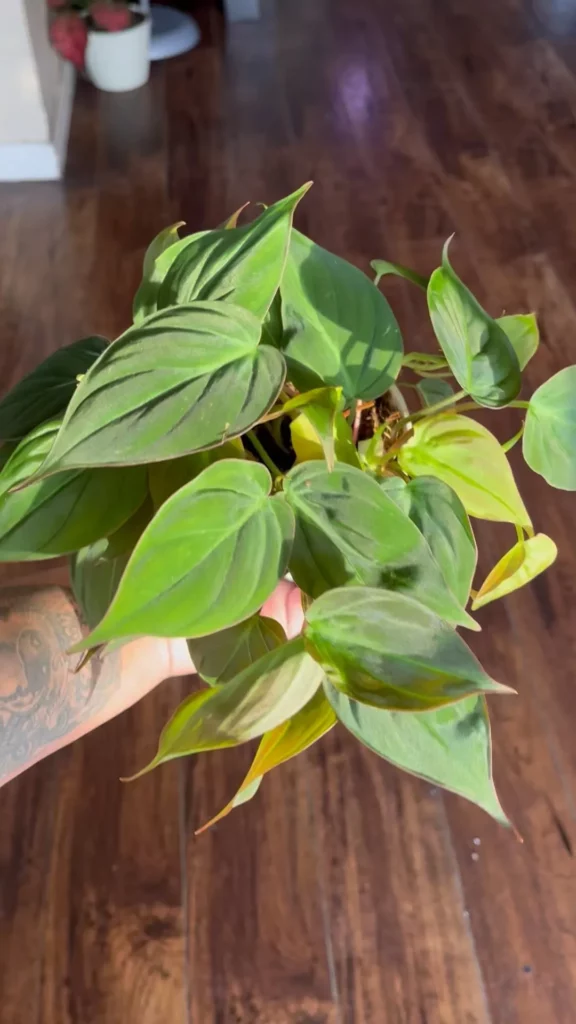
The Philodendron Micans is a houseplant that thrives in bright to medium indirect light. It is important to provide the right amount of light to ensure the plant’s health and vitality.
To meet the light requirements of the Philodendron Micans, it should be placed near a window that provides bright, indirect sunlight. This allows the plant to receive the necessary light without being directly exposed to the sun’s rays, which can cause harm. Direct sunlight can lead to leaf discoloration and crispy edges, so it’s best to avoid placing the plant in direct sunlight.
The intensity of light also affects the leaf color of the Philodendron Micans. When the plant receives increased light, the leaves may develop a beautiful red or maroon color. On the other hand, lower light conditions can result in deeper green leaves. Therefore, the positioning of the plant in relation to light sources can influence the overall coloration of the leaves.
It’s important to monitor the light conditions in your home and adjust the positioning of your Philodendron Micans accordingly. If the plant starts to appear leggy or the leaf color becomes dull, it may indicate that it’s not receiving enough light. On the other hand, if the leaves start to show signs of sunburn or the colors become too vibrant, it’s a sign that the plant is receiving too much light.
Watering Philodendron Micans
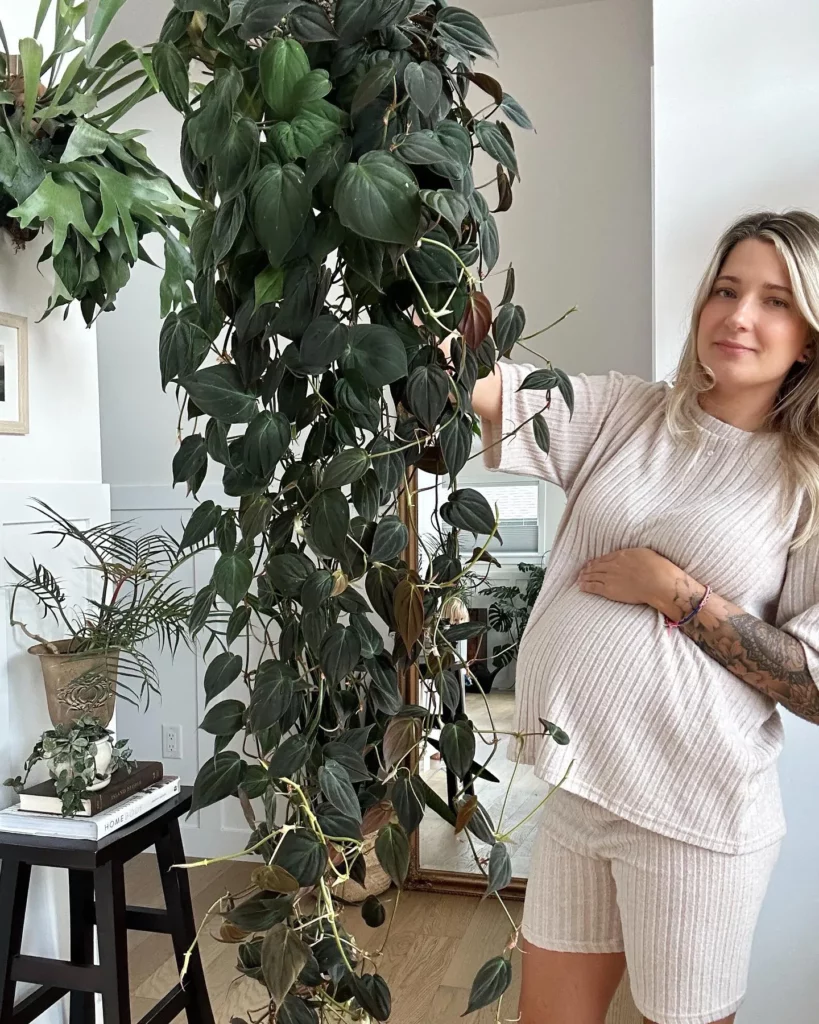
Proper watering is essential for the health and wellbeing of your Philodendron Micans. It’s important to strike the right balance to prevent both under-watering and over-watering.
Water your Philodendron Micans once the top 2-3 inches of the soil have completely dried out. This will help ensure that the roots have access to adequate moisture without sitting in waterlogged conditions, which can lead to root rot and other issues.
To determine if your plant needs water, check the leaves. When the plant is thirsty, the leaves will start to droop and curl inward slightly. This is a good indicator that it’s time to water.
When watering, be sure to thoroughly saturate the soil and allow any excess water to drain out. Empty the saucer or tray beneath the pot to prevent the plant from sitting in standing water.
No products found.
Fertilizing Philodendron Micans


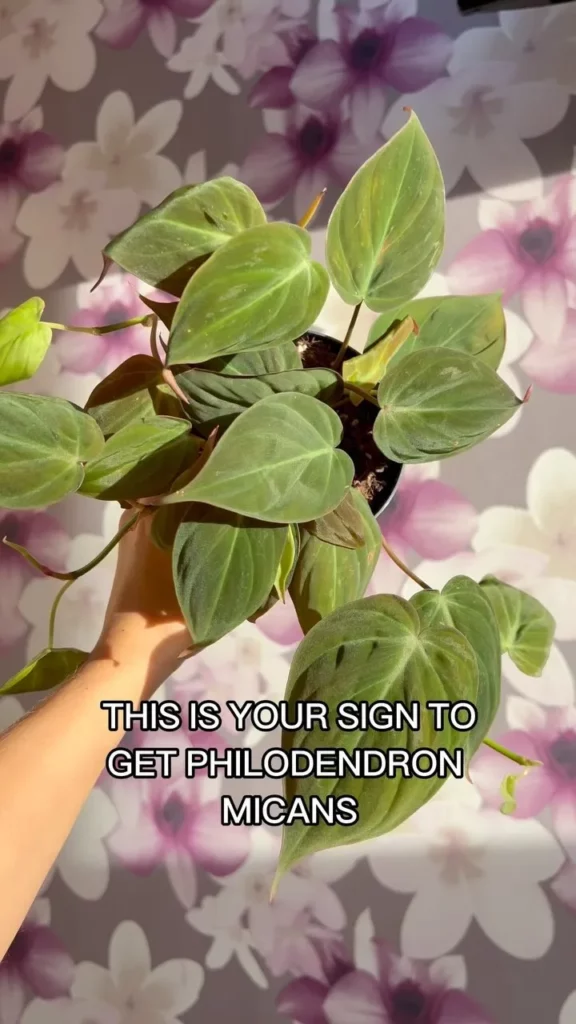
The Philodendron Micans, being a low-maintenance plant, does not require heavy fertilization. However, to promote optimal growth during the spring and summer months, light fertilization with a balanced all-purpose fertilizer can be beneficial. This will provide the necessary nutrients to support the plant’s development.
When fertilizing your Philodendron Micans, it is essential to follow the instructions on the fertilizer packaging. This ensures that you apply the correct amount and frequency of fertilization. Over-fertilizing can be harmful to the plant, so it is vital to exercise caution and avoid excessive use.
To maintain a healthy and thriving Philodendron Micans, consider using a balanced all-purpose fertilizer. This type of fertilizer contains an equal proportion of essential nutrients like nitrogen (N), phosphorus (P), and potassium (K). The balanced formulation helps promote overall plant health and encourages steady growth.
When applying the fertilizer, evenly distribute it around the base of the plant, being careful not to directly apply it onto the leaves or stem. Gently water the plant after fertilizing to allow the nutrients to penetrate the soil and reach the root zone.
Potting Philodendron Micans

The potting process for the Philodendron Micans is crucial to ensuring its healthy growth. This plant requires an airy, moist, and well-draining soil mixture to thrive. While it can survive in standard potting soil, it truly flourishes in a custom soil mix created specifically for its needs.
A highly recommended custom soil mix for the Philodendron Micans consists of:
- 1 part potting soil
- 1 part orchid bark
- 1 part perlite
- 1 part peat moss or coco coir
No products found.
This carefully balanced combination of ingredients provides the ideal potting mix for optimal growth. The potting soil ensures essential nutrients, while the orchid bark aids in moisture retention and airflow. The perlite contributes to proper drainage, preventing waterlogging, and the peat moss or coco coir helps maintain moisture levels, promoting a healthy root system.
When potting the Philodendron Micans, ensure the container has proper drainage holes to avoid water accumulating at the roots. Place a layer of small rocks or broken pottery pieces at the bottom of the pot to enhance drainage. Fill the pot with the custom soil mix, leaving enough space for the plant’s roots, and gently place the plant in the center of the pot. Fill the remaining space with soil, gently pressing it down around the roots.
Propagation of Philodendron Micans


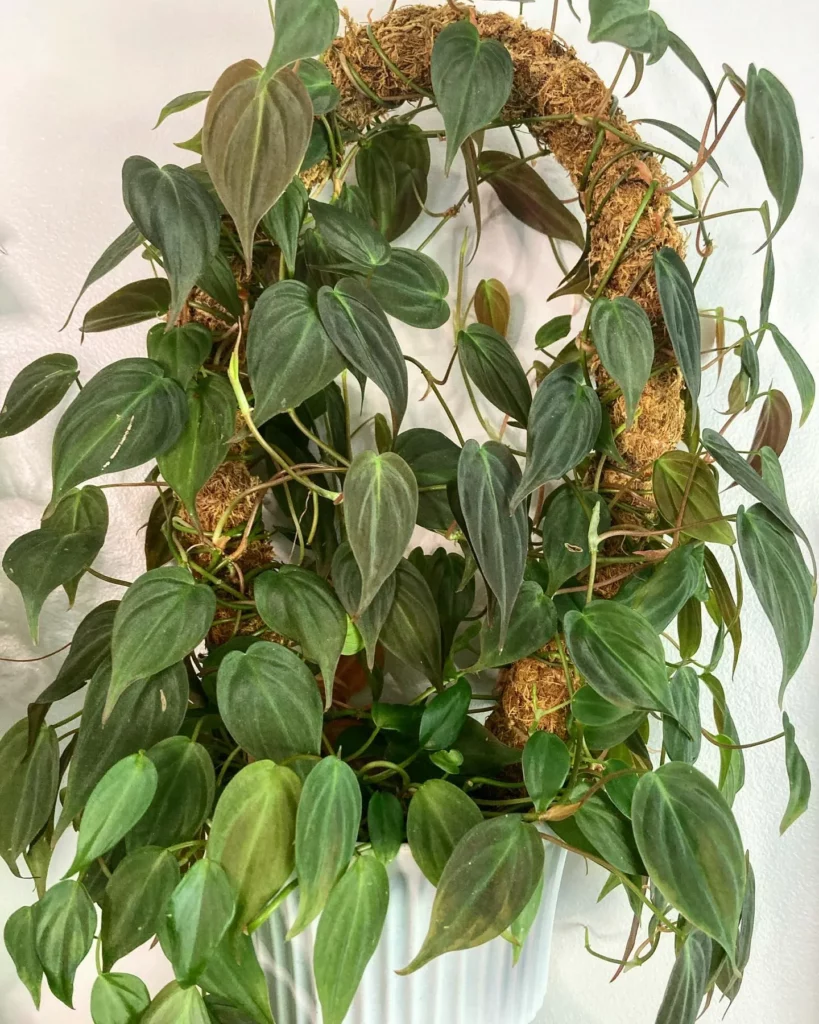
If you’ve fallen in love with your Philodendron Micans and want to expand your plant collection or share the joy with others, propagation is a great way to do it! Luckily, the Philodendron Micans is relatively easy to propagate using stem cuttings.
To propagate your Philodendron Micans, start by taking stem cuttings that have approximately 4-5 leaves and nodes. Remove the bottom two leaves to leave a bare stem. This will allow the cutting to focus its energy on developing new roots.
Once you have your stem cuttings ready, place them in a container with water. Make sure that only the bare stems are submerged and the leaves are above the waterline. This will prevent rotting and encourage the development of new roots.
Find a location for your cuttings that receives medium to bright indirect light. Avoid placing them in direct sunlight, as this can be too intense for the cuttings. A well-lit spot will provide the necessary light for root development.
Over the next few weeks, keep an eye on the cuttings. You should start to see new roots sprouting from the submerged stems. Once the roots reach a length of at least an inch, the cuttings are ready to be potted back into soil.
Prepare a pot with well-draining soil and gently plant the rooted cuttings. Water them lightly and place the pot in a location with bright, indirect light. From here, you can continue to care for your new Philodendron Micans plants as usual.
Propagation is an exciting process that allows you to create new plants and expand your Philodendron Micans collection. With a little patience and care, you’ll soon have beautiful new plants to enjoy or share with friends and family.
Growth and Development of Philodendron Micans

The Philodendron Micans is known for its fast growth and impressive development. This houseplant is a real go-getter when it comes to reaching new lengths. However, to ensure proper growth, it’s crucial to provide adequate light.
Insufficient light can lead to leggy growth, where the plant stretches between leaves in search of more light. This can result in long, thin stems and sparse foliage. To prevent legginess, place your Philodendron Micans in a location with bright, indirect light. It will thrive near a window that offers plenty of natural sunlight.
Additionally, regular pruning of the vines can help promote thicker growth and maintain a compact, bushy shape. When you notice long, leggy stems, simply trim them back to encourage new growth from the base of the plant.
With the right amount of light and proper pruning, your Philodendron Micans will develop into a lush, full-bodied houseplant that will enhance the beauty of any indoor space.
Pests and Diseases of Philodendron Micans



The Philodendron Micans, like many houseplants, is susceptible to various pests and diseases. Common houseplant pests that can affect this plant include scale, aphids, fungus gnats, and mealybugs. These pests can cause damage to the leaves and overall health of the plant if not addressed promptly.
Regularly inspect your Philodendron Micans for signs of infestation, such as visible insects, sticky residue on the leaves, or yellowing and wilting foliage. If you notice any of these signs, it’s important to take immediate action to control the pests and prevent further damage.
To control common houseplant pests, there are several methods you can try:
- Use a gentle insecticidal soap or neem oil spray to kill and repel pests.
- Isolate the affected plant to prevent the infestation from spreading to other plants.
- Manually remove pests using a soft cloth or cotton swab dipped in rubbing alcohol.
- For severe infestations, consider using systemic insecticides, but exercise caution and follow the instructions carefully.
To keep your Philodendron Micans healthy and pest-free, follow these care tips:
- Water the plant only when the top 2-3 inches of soil are dry to the touch.
- Ensure the pot has drainage holes to prevent water from stagnating.
- Place your Philodendron Micans in bright, indirect light to promote healthy growth and make the environment less favorable for pests.
- Dust the leaves regularly to remove any debris that may attract pests.
Common Issues with Philodendron Micans

While the Philodendron Micans is a relatively easy plant to care for, it can encounter a few common issues. Being aware of these issues and knowing how to address them promptly is essential for maintaining the health and vitality of your plant.
Curling Leaves:
One common issue with Philodendron Micans is curling leaves. If you notice your plant’s leaves curling, it may indicate a need for more moisture. This plant prefers a slightly moist soil, so make sure you are watering it adequately.
Falling Leaves:
Another common issue that you may encounter is falling leaves. While some leaf shedding is a natural part of the plant’s growth cycle, excessive leaf drop can be a sign of under-watering or other stress factors. Ensure you are providing sufficient water and maintaining suitable growing conditions to prevent excessive leaf loss.
Mushy Stems:
Mushy stems can be a cause for concern in Philodendron Micans. This issue typically results from overwatering or insufficient drainage. When the plant’s roots are constantly exposed to excess moisture, the stems may become mushy and fragile. To prevent this, ensure your plant is potted in well-draining soil and avoid overwatering.
Philodendron Micans LTLC Rating
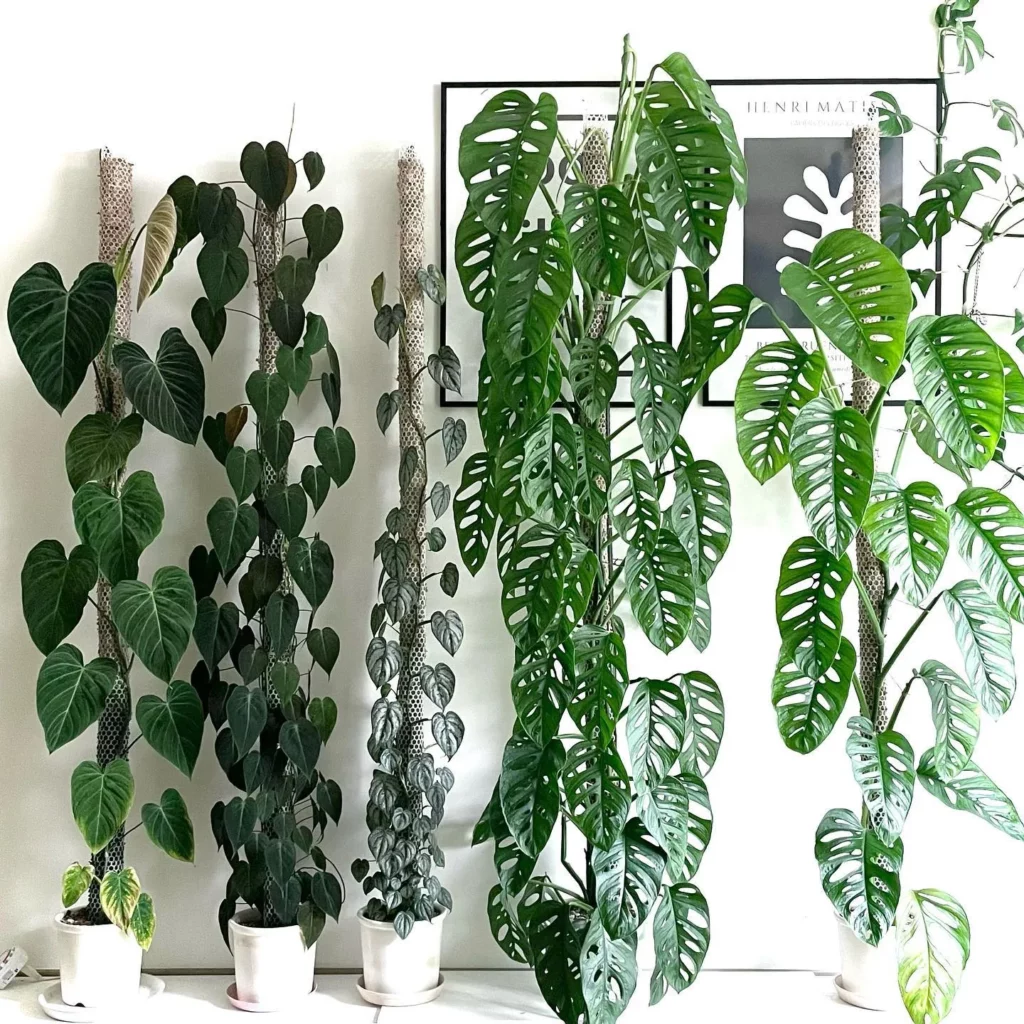
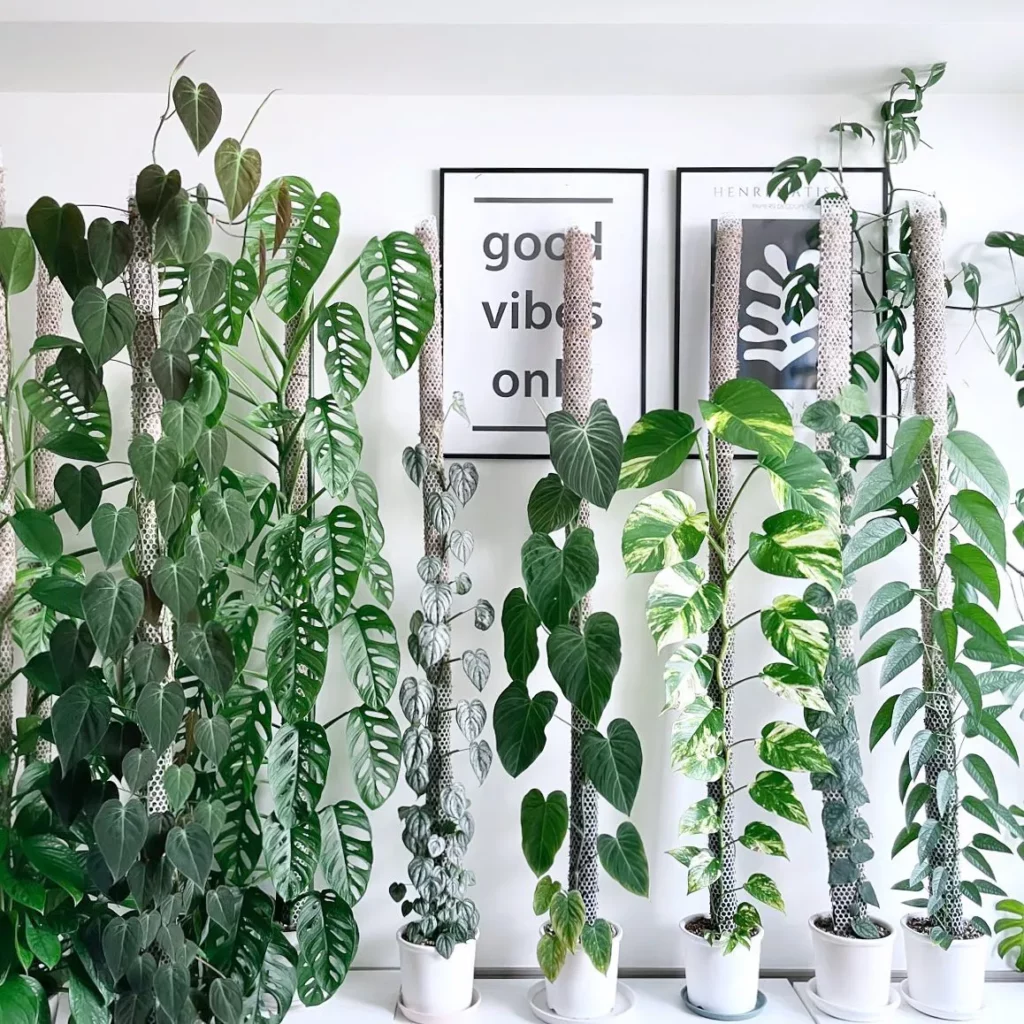

The Philodendron Micans, also known as the velvet-leaf philodendron, has an LTLC rating of 2.5 out of 5, indicating that it falls on the easier end of medium-level care. While it may require some specific care considerations, it is generally an easy plant to care for, especially if you have experience with other Philodendron varieties.
With the right care, the Philodendron Micans can thrive and add beauty to any indoor space. It is important to provide the plant with bright to medium indirect light, water it once the top 2-3 inches of the soil have dried out, and fertilize it lightly during the spring and summer months. Additionally, potting it in well-draining soil and propagating it through stem cuttings are beneficial for its growth and development.
The Philodendron Micans is a popular choice among plant enthusiasts due to its stunning appearance, featuring heart-shaped leaves with a velvety texture. However, it is important to monitor for common pests and diseases and address any issues promptly, usually caused by improper care or conditions. By following these care tips and providing the right environment, you can enjoy the beauty and elegance of the Philodendron Micans in your own home.
FAQ
What is the appearance of the Philodendron Micans?
The Philodendron Micans has heart-shaped leaves that are velvety to the touch. The leaves start out with a pinky-bronzey green color and bright emerald green veins but darken over time to a bronzey-purpley-sagey-dark-green. The undersides of the leaves are reddish-brown. The plant can grow to a height of 8 inches and a length of 24 inches.
What are the light requirements for the Philodendron Micans?
The Philodendron Micans thrives in bright to medium indirect light. It should be placed near a window that provides bright, indirect sunlight. Direct sunlight can burn the leaves, causing discoloration and crispy edges. The intensity of light affects the leaf color, with increased light resulting in red/maroon leaves and lower light leading to deeper green leaves.
How often should I water the Philodendron Micans?
The Philodendron Micans should be watered once the top 2-3 inches of the soil have dried out. It is important to avoid overwatering, as this plant is sensitive to waterlogged conditions. One way to determine if it needs water is by checking the leaves – when the plant is thirsty, the leaves will start to droop and curl inward slightly. It is recommended to water thoroughly and allow excess water to drain.
Does the Philodendron Micans require fertilizing?
The Philodendron Micans does not require heavy fertilization. However, it can benefit from light fertilization with a balanced all-purpose fertilizer during the spring and summer months. This will help boost growth. It is important to follow the instructions on the fertilizer packaging and avoid over-fertilizing, as this can harm the plant.
What type of soil mix should I use for potting the Philodendron Micans?
The Philodendron Micans requires an airy, moist, and well-draining soil mixture. While it can survive in standard potting soil, it thrives in a custom soil mix designed to meet its specific needs. A recommended mix is 1 part potting soil, 1 part orchid bark, 1 part perlite, and 1 part peat moss or coco coir. This will provide the ideal potting mix for optimal growth.
How can I propagate the Philodendron Micans?
The Philodendron Micans can be easily propagated using stem cuttings. Take stem cuttings with approximately 4-5 leaves/nodes and remove the bottom two leaves. Place the cuttings in water, ensuring that only the bare stem is submerged. Keep the cuttings in a location with medium to bright indirect light. Roots will begin to develop within a few weeks. Once the roots are at least an inch long, the cuttings can be potted back into soil.
How fast does the Philodendron Micans grow?
The Philodendron Micans is considered a fast grower and can reach impressive lengths. It is important to provide adequate light to avoid leggy growth, which occurs when the plant stretches between leaves due to insufficient light. Pruning the vines can help encourage thicker growth and maintain a compact shape.
What are the common pests and diseases of the Philodendron Micans?
The Philodendron Micans is susceptible to common houseplant pests such as scale, aphids, fungus gnats, and mealybugs. Regularly check the plant for signs of infestation and take appropriate measures to control pests. Any issues that arise with this plant are usually a result of improper watering, drainage, or lighting.
What are the common issues with the Philodendron Micans?
Common issues with the Philodendron Micans include curling leaves, which indicate a need for more moisture; falling leaves, which can be a natural part of the plant’s growth or a sign of under-watering; and mushy stems, which typically result from overwatering or insufficient drainage. It is important to address these issues promptly to ensure the plant’s health.
What is the LTLC rating of the Philodendron Micans?
The Philodendron Micans has a LTLC rating of 2.5 out of 5, indicating that it falls on the easier end of medium-level care. While it requires some specific care considerations, it is generally an easy plant to care for, especially if you have experience with other Philodendron varieties. With the right care, this plant can thrive and add beauty to any indoor space.



